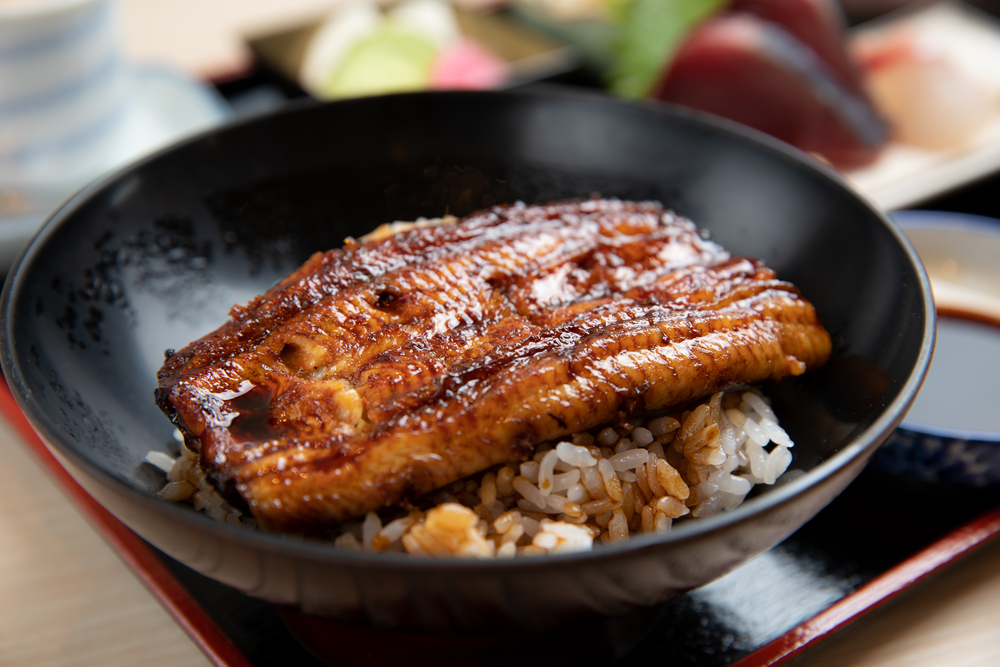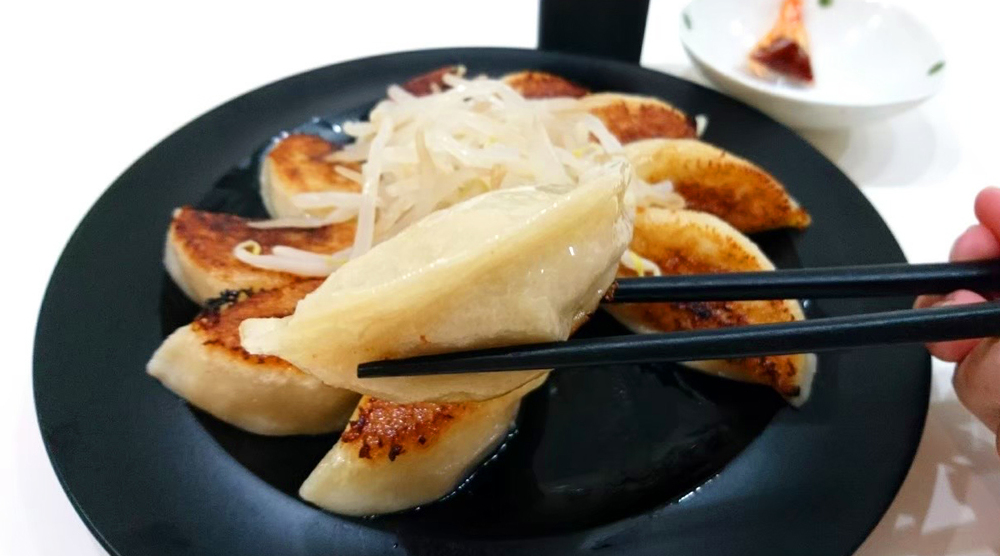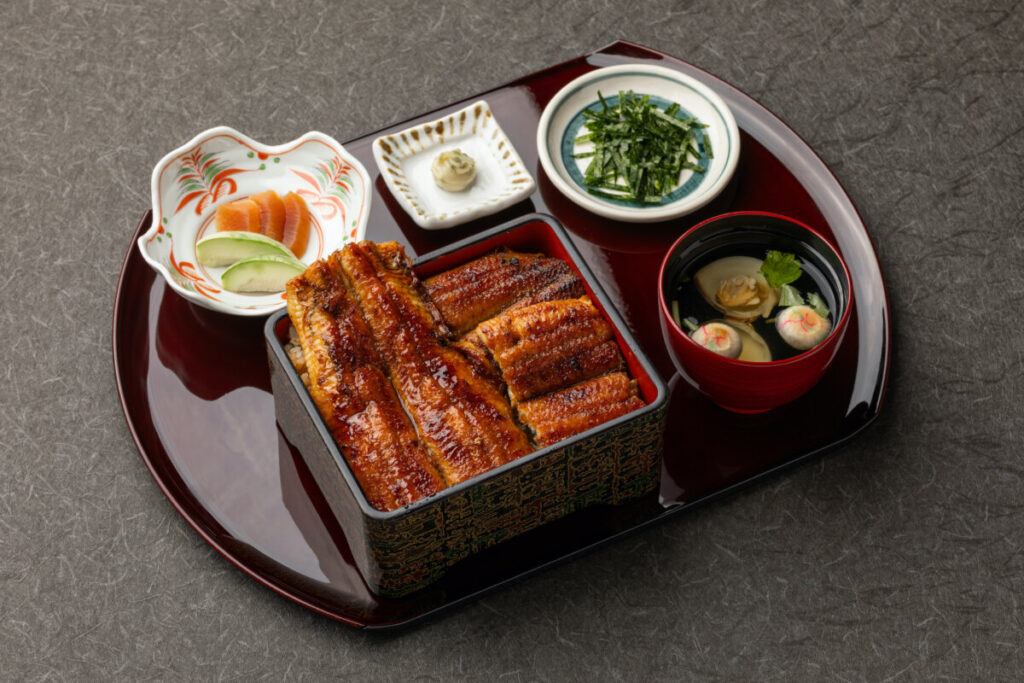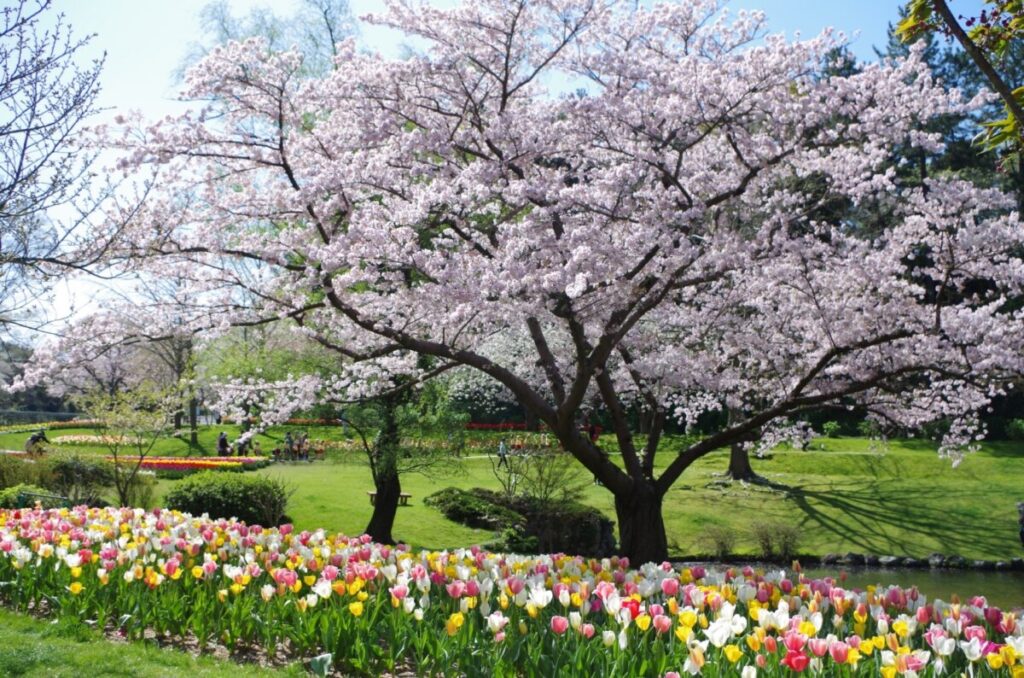Get to Know Hamamatsu

- Eat
It’s Gyoza Time!
Hamamatsu Gyoza enjoys exceptional popularity nationwide. This time, we’re introducing Ishimatsu Gyoza, a shop boasting a 70-year history!!…
For Hamamatsu locals, it’s no exaggeration to say that many can name their favorite gyoza shop—such is the love for Hamamatsu Gyoza, one of the city’s iconic comfort foods.
Currently, around 80 gyoza specialty shops line the streets of Hamamatsu, and there are over 300 restaurants that serve gyoza throughout the city.
Hamamatsu Gyoza enjoys exceptional popularity nationwide.
There are two main definitions of Hamamatsu Gyoza.
・Gyoza produced within Hamamatsu City
・Gyoza made by someone who has lived in Hamamatsu City for at least three years
This time, we’re introducing Ishimatsu Gyoza, a shop boasting a 70-year history!!

Founded in 1953 near Hamamatsu Station, Ishimatsu Gyoza carefully selects its ingredients and constantly pursues the best flavors, impressing even the most discerning gyoza lovers in Hamamatsu’s competitive gyoza scene!
This time, we visited the Ishimatsu Gyoza Main Store!
The first thing that catches your eye is a circular gyoza display topped with bean sprouts in the center!

It looks so tempting that you can’t help but want to take a bite!
This time, we tried the manager’s recommended Ishimatsu Gyoza Set Meal!

20 pieces
This style of serving is called “Kuruma-mori style”.
The first generation owner initially sold gyoza from a street stall in front of the station.
Originally, the gyoza were arranged in a straight line for cooking, but as the number of customers grew, the round shape of the frying pan was maximized to arrange them in a neat circular pattern—this is said to be how it started.
Today, the circular arrangement—known as the “Kuruma-mori style” and now a symbol of Hamamatsu gyoza—traces its origins back 70 years to the first shop owner in front of Hamamatsu Station.

The sweetness of the cabbage perfectly complements the pork, creating a simple yet deeply flavorful taste.
The thin, smooth, and slightly chewy wrapper holds all the deliciousness inside.
This dish is a perfect harmony of filling, wrapper, and dipping sauce.
“I’m so lucky to have met you!!!” I can feel the joy of having met you all over my body.
It makes me make a face like this without thinking.

Ishimatsu gyoza perfectly coated in the slightly sweet secret sauce.
The slightly sweet secret sauce adds the perfect finishing touch.
But the gyoza master doesn’t stop there.
Enter the next star: yuzu kosho, a yuzu-based condiment that’s a supporter of beautiful skin!

You can enjoy it by adding a little directly onto the gyoza—or mix it into the dipping sauce!
The zesty spiciness of the yuzu kosho really whets your appetite even more.

It’s also delicious when paired with the bean sprouts served as a palate cleanser.
The first-generation owner wanted to add something to the empty space in the center and, after some trial and error, settled on bean sprouts!
Because bean sprouts aren’t seasonal, they can be served year-round without overpowering the flavor of the gyoza…
While taking center stage on the plate, the modest bean sprouts quietly play their part to perfection.
For the little ones, there’s the Teritama Gyoza.

The fluffy egg salad paired with savory teriyaki sauce is simply irresistible.
It’s not just kids—this flavor combination is one that every Japanese person loves.
Perfect with a bowl of white rice.
With 70 years of history, Ishimatsu Gyoza has passed down not only its signature flavor but also its traditional cooking method.

The even crispness and beautifully finished appearance are truly worthy of being called a Hamamatsu specialty.
When I happened to look up…

Wait a second—are those lights shaped like kuruma-mori too?!
At this point, my head was completely filled with gyoza.
Of course, gyoza are the star here, but Ishimatsu Gyoza also offers a wide variety of other dishes.
You can even take some home, with frozen gyoza available for purchase.
Founded in 1953, Ishimatsu Gyoza has carried on its unchanged flavor and passion for over 70 years.
Whether it’s for a special occasion—or simply to recharge your everyday life—why not savor these gyoza, infused with 70 years of history?

Manager Naoki Matsumura delivers the perfect golden sear!
Here is where “Gyoza Time” truly begins.
Ishimatsu Gyoza
Ishimatsu Main Store
Address: 252-1 Hiraguchi, Hamana-ku, Hamamatsu-shi
Phone: 053-586-8522
Business Hours
Weekdays: 11:00 AM–2:30 PM (Last Order 2:00 PM), 5:00 PM–8:30 PM (Last Order 8:00 PM)
Sat, Sun & Holidays: 11:00 AM–9:30 PM (Last Order 9:00 PM)

Suigetsuro Toku – Lakeside Dining with Lake Hamana Unagi











